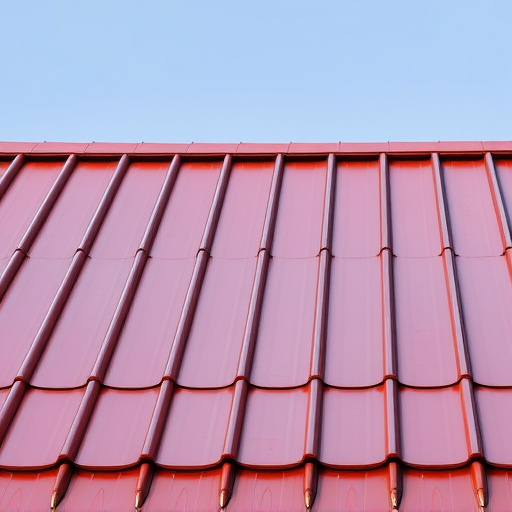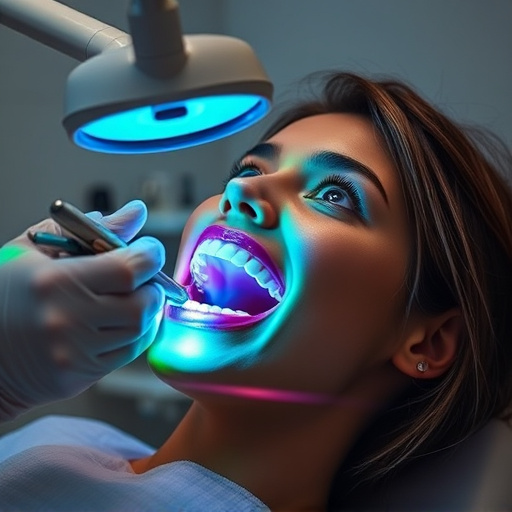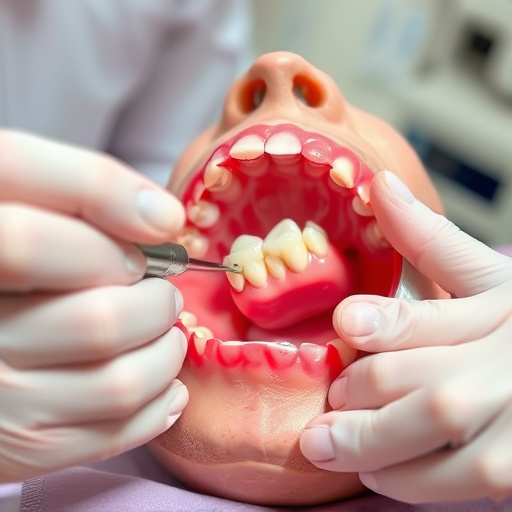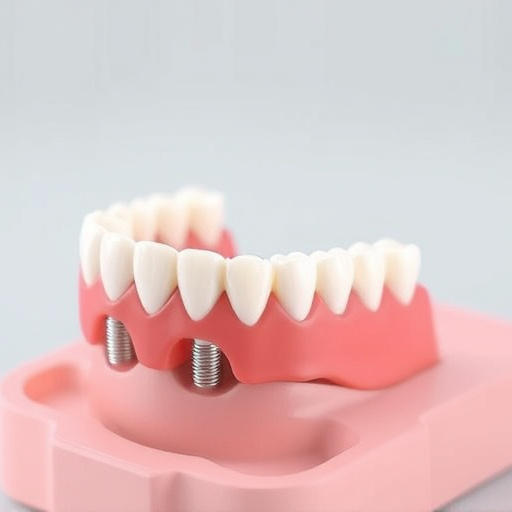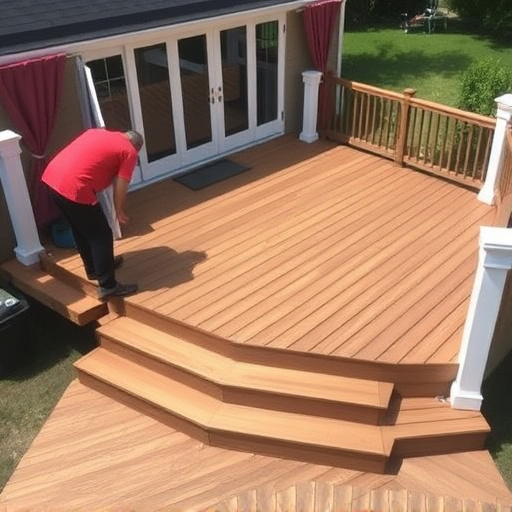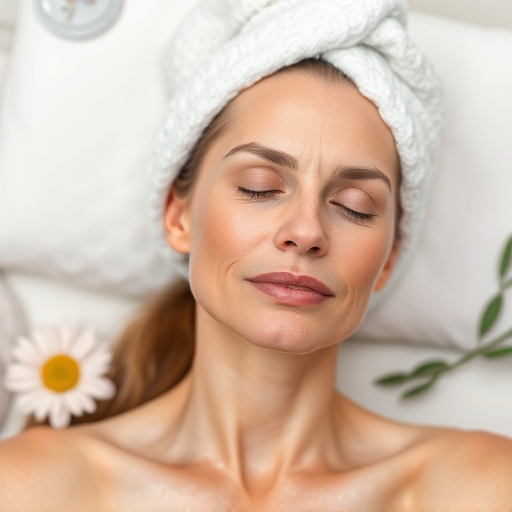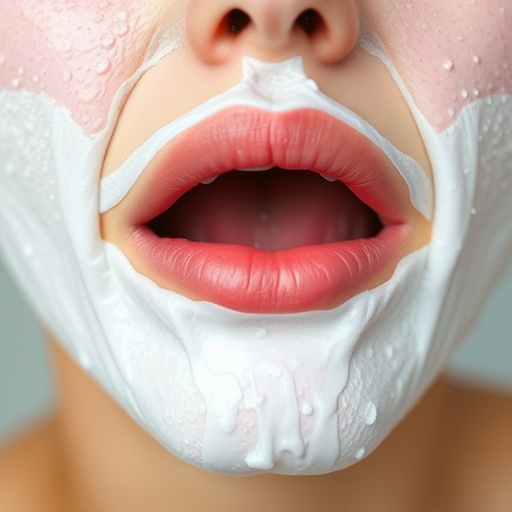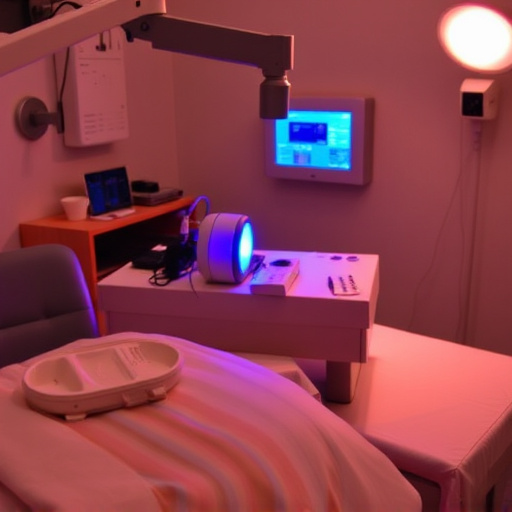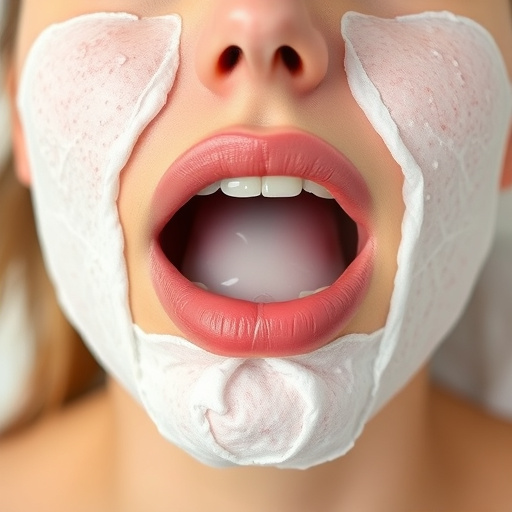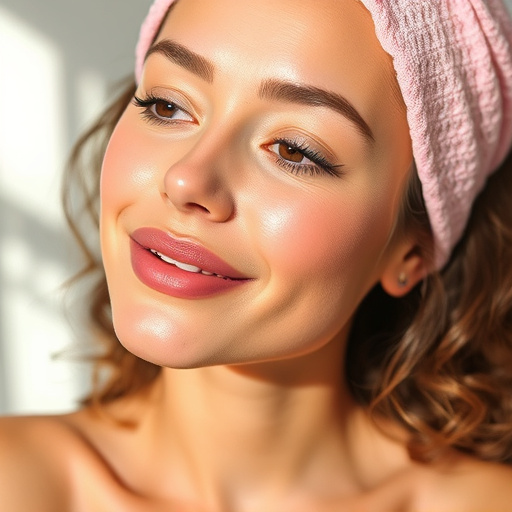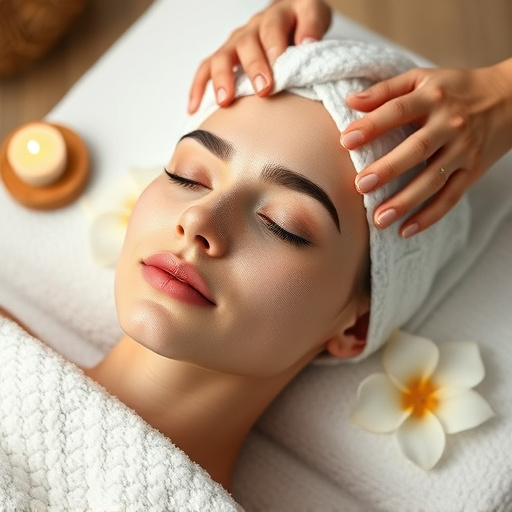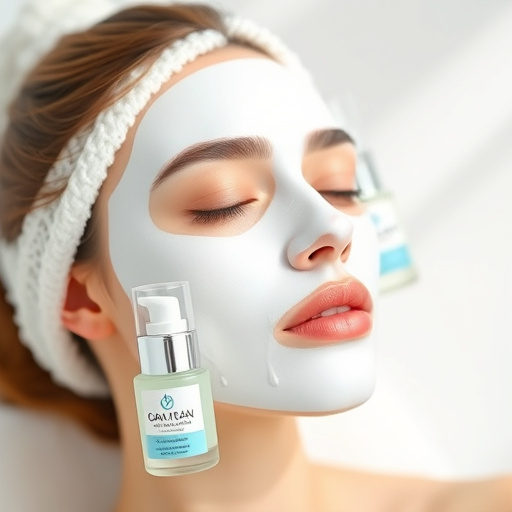Razor bumps can be prevented and treated through a multi-faceted approach focusing on proper shaving techniques, skincare routines, and targeted products. Key steps include using high-quality razors, applying shaving creams, regular exfoliation, moisturizing, and exploring natural remedies. For severe cases, home microdermabrasion, warm compresses, topical hydrocortisone or calamine lotion, dermaplaning, retinoids, professional microneedling, and microdermabrasion offer effective solutions for smoother, bump-free skin.
Razor bumps, those annoying, itchy red rashes, can disrupt your daily routine. Understanding their causes is the first step towards prevention. This article guides you through effective solutions, from at-home treatments to medical interventions, empowering you to say goodbye to razor bumps for good. Learn how to navigate the common triggers and explore evidence-based strategies for clear, smooth skin. Discover the best practices for razor bump treatment and reclaim your comfort and confidence.
- Understanding Razor Bumps: Causes and Common Triggers
- Effective Razor Bump Treatment Techniques at Home
- Medical Interventions for Persistent or Severe Razor Bump Cases
Understanding Razor Bumps: Causes and Common Triggers
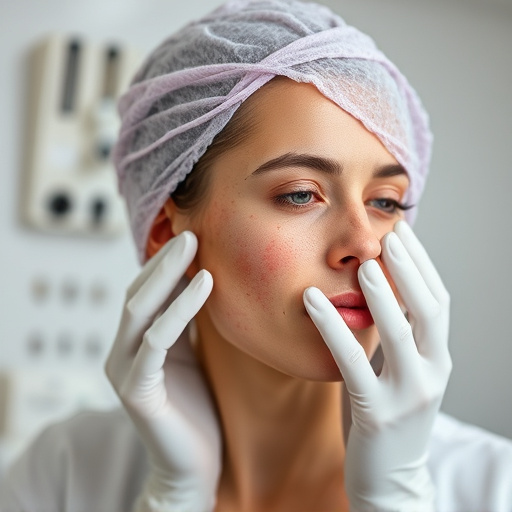
Razor bumps, also known as pseudofolliculitis barbae, are small, red, raised bumps that often appear on the neck, face, or other areas where shaving occurs. They’re caused by a combination of factors, including ingrown hairs, inflammation, and irritation of the skin. Shaving too closely, using dull razor blades, or applying pressure while shaving can all trigger these bumps. Even certain skincare products or reactions to soaps and detergents might contribute to their development. Understanding these causes is the first step in preventing and treating razor bumps effectively.
Identifying common triggers is crucial for implementing preventive measures. For instance, switching to a high-quality razor with sharp blades and using shaving creams or gels designed for sensitive skin can significantly reduce irritation. Additionally, adopting techniques like shaving in the direction of hair growth and avoiding harsh pulls can minimize damage to the skin. In cases where acne treatments or skin brightening routines exacerbate the issue, considering alternative methods like microneedling therapy might be beneficial for promoting healthier skin and reducing razor bump occurrences.
Effective Razor Bump Treatment Techniques at Home
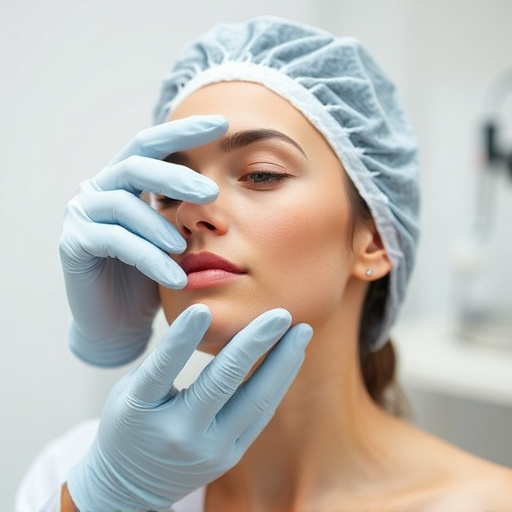
Preventing razor bumps begins with choosing the right shaving techniques and products, but when bumps still appear, effective razor bump treatment at home can provide relief. Start by cleansing your skin thoroughly before and after shaving to remove any built-up oils and dead skin cells that can trap hair follicles under the surface. Exfoliating regularly helps slough off these cells, promoting healthier skin. Moisturize well after shaving; dry skin is more prone to developing bumps.
Consider incorporating natural remedies like aloe vera gel, known for its soothing properties, or oatmeal baths, which can reduce inflammation and irritation. For more persistent or severe cases, explore home microdermabrasion techniques using fine-grained sugar scrubs or even a soft-bristled toothbrush to gently exfoliate. Additionally, some find relief with warm compresses and over-the-counter topical creams containing ingredients like hydrocortisone or calamine lotion. For those seeking more advanced solutions, professional aesthetic treatments like microneedling therapy can stimulate collagen production and improve skin texture, offering a longer-term razor bump treatment option.
Medical Interventions for Persistent or Severe Razor Bump Cases
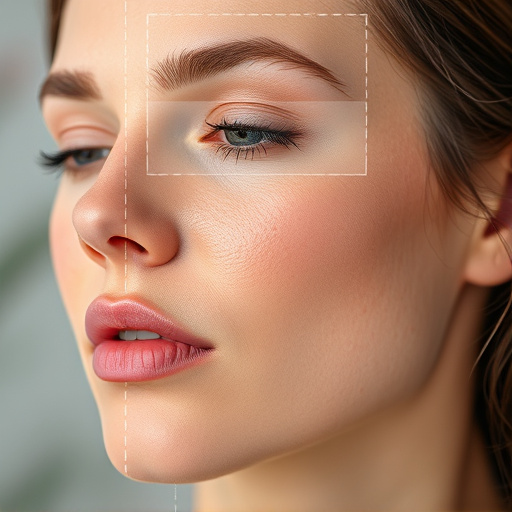
In cases where razor bumps persist or become severe, several medical interventions can help manage and alleviate the condition. One effective approach is dermaplaning, a non-surgical procedure that involves gently scraping away the top layer of skin to remove dead skin cells and fine hairs responsible for razor bumps. This technique not only improves the appearance of the skin but also promotes healthier growth.
For more severe cases or when dealing with larger areas, topical medications can be prescribed by dermatologists. Retinoids, for instance, are known to help unclog hair follicles and prevent inflammation. Additionally, microdermabrasion and microneedling therapy offer deep exfoliation and stimulation of collagen production, respectively, which can enhance the overall health and texture of the skin. These non-surgical treatments provide safe and effective solutions for managing persistent razor bumps, ensuring smoother and more comfortable skin.
Preventing razor bumps involves understanding their causes, triggers, and implementing effective treatments. By adopting simple home remedies and knowing when to seek medical intervention, you can manage and minimize these unsightly bumps. Remember, consistent skin care and proper shaving techniques are key to achieving smooth, bump-free skin. With the right approach, you can say goodbye to razor bumps and embrace your skin’s natural radiance.
